
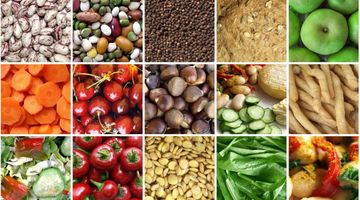
Dietary fibre is the portion of fruits, vegetables, nuts and grains we eat that is resistant to digestion and absorption in the small intestine. However, bacteria that live in the large intestine ...
READ MORE

Phytochemicals are naturally occurring, biologically active chemical compounds in plants. The prefix ‘phyto’ is from a Greek word meaning plant. The presence of certain types of phytochemicals in ...
READ MORE
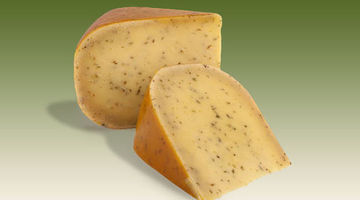
Explore the science and the art of cheesemaking and the development of this ancient biotechnology into a modern industry. Rights: Image licensed through 123RF Limited Cumin gouda Traditional ...
READ MORE

In this activity, students use a simple paper chromatography method to separate and identify the components present in commercially available food colouring. Use the extension ideas to build ...
READ MORE

In this activity, students listen to AgResearch’s Dr Matthew Barnett, the singing scientist, performing his latest YouTube release called I love fibre. Students then answer sets of questions and ...
READ MORE

In this activity, students use the Futures thinking toolkit to investigate vitamin C and new fruit varieties. By the end of this activity, students should be able to: describe the role vitamin C ...
READ MORE

Be part of a worldwide movement and use Global Earth Challenge to submit or classify photos to help our planet’s environment and human health. Global Earth Challenge is a citizen science campaign ...
READ MORE
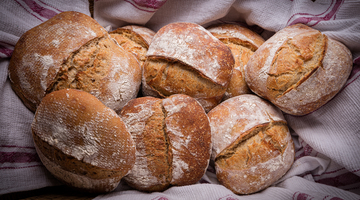
Capture wild microbes and turn them into bread – for science! This is a project you could do with your students in the classroom or they can do at home. Microbes are found in every environment on ...
READ MORE

This citizen science project wants your assistance to extract information from various climate scientific graphics to help combat misinformation and support scientific communication. Using this ...
READ MORE

Students carry out experiments with yeast and market research to help them modify an existing recipe for a fermented drink (such as ginger beer) to produce a drink that would appeal to their ...
READ MORE

A year 8 class developed recipes for fermented drinks by adapting traditional recipes and taking into account consumer surveys and optimum growing conditions of yeast. Purpose This class case ...
READ MORE
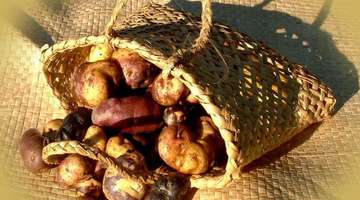
Students develop knowledge of prototype taewa products and design a label that reflects the cultural value and specified market for the product. Purpose Understand the attributes and benefits of ...
READ MORE
Dr David Stevenson, a senior scientist with Plant & Food Research, bases his advice for health and wellbeing on what scientists are discovering about cellular components called mitochondria ...
READ MORE
Dr David Stevenson, a senior scientist with Plant & Food Research, explains that recent research into the activity of polyphenolic antioxidants has shown that they have more of a pro-oxidant ...
READ MORE
Dr David Stevenson, a senior scientist with Plant & Food Research, defines the term phytochemical and explains some of the actions a class of phytochemicals called polyphenols have within the ...
READ MORE
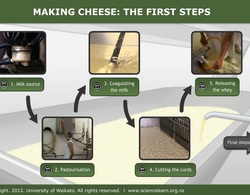
This interactive explains the first steps in the process of making traditional Gouda cheese.Click on the labels to watch the videos and for more information. Find out more about the final steps ...
READ MORE
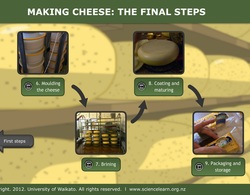
This interactive explains the final processes involved in making traditional Gouda cheese. Click on the labels for more information. Find out more about the initial steps in the cheese making ...
READ MORE
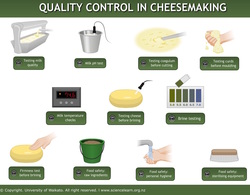
In this interactive Miel Meyer explains some of the processes for managing cheese quality in making traditional Gouda cheese. Click on the labels to watch the videos and for more information ...
READ MORE